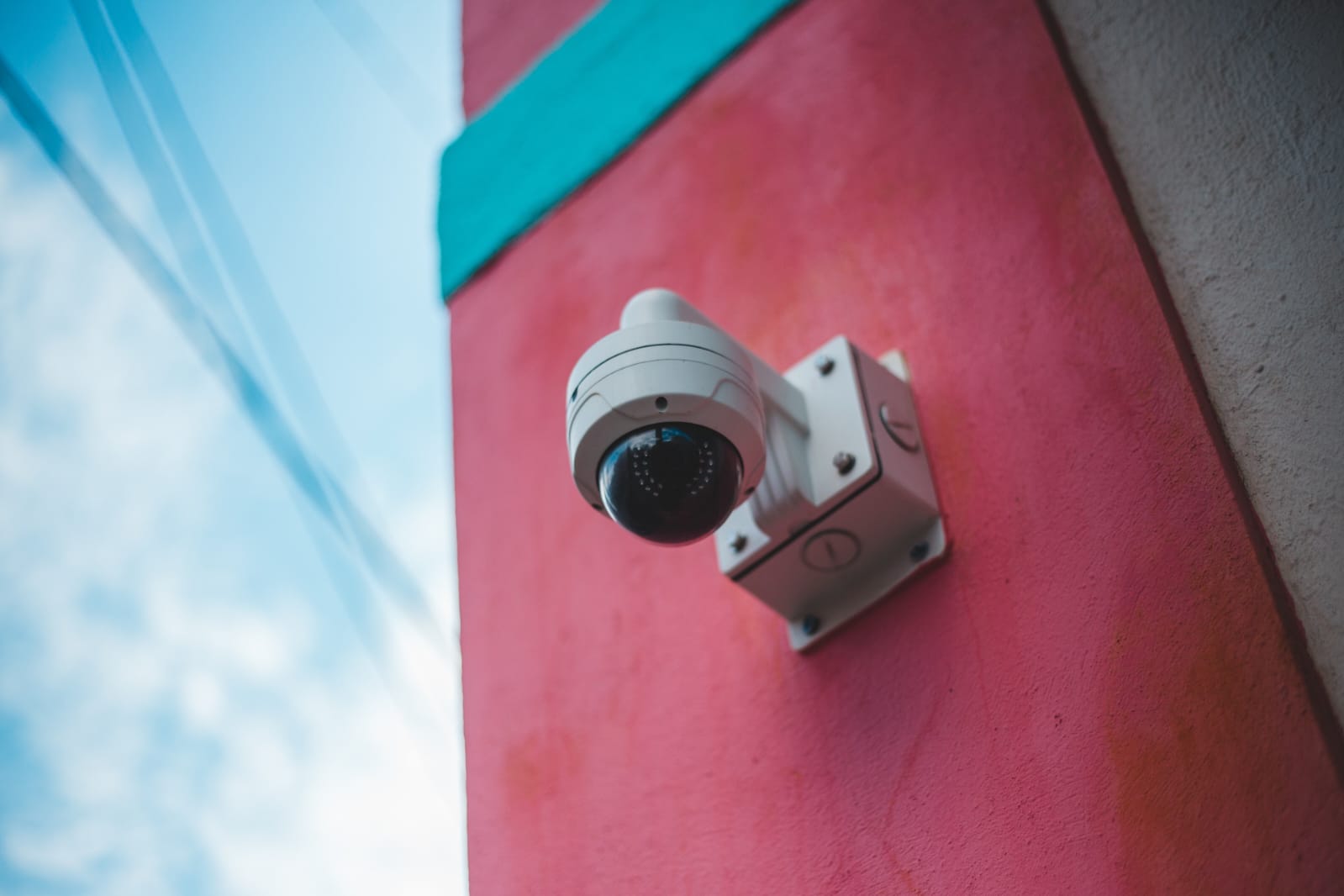In recent years, the evolution of technology has steadily transformed the workplace, making our daily routines more efficient and secure. One such technological advancement that has significantly impacted office security measures is biometric authentication. Implementing biometrics in office access control isn’t just a step toward modernizing the workplace; it’s also a strategic move to enhance security, efficiency, and employee convenience. This article will explore the benefits, challenges, and considerations involved in integrating biometrics into office access control systems.
What is Biometric Access Control?
Biometric access control systems use unique physical or behavioural characteristics of individuals, such as fingerprints, facial recognition, iris scans, and even voice patterns, to grant or deny access to premises. Unlike traditional keys or cards, which can be lost, stolen, or duplicated, biometric identifiers are inherently linked to an individual, making them a more secure and efficient method of access control.
Benefits of Implementing Biometrics in Office Access Control
- Enhanced Security: The most significant advantage of biometric access control is the enhanced level of security it provides. By utilizing unique biological characteristics, it virtually eliminates the risk of unauthorized access caused by stolen or lost access cards. This reduces the potential for security breaches, making it an ideal solution for safeguarding sensitive information and assets.
- Increased Efficiency and Convenience: Biometrics streamline the access control process, allowing for quick and seamless entry. There’s no need to carry access cards or remember passwords, which can often be forgotten or misplaced. Employees can move more freely within the workplace, improving overall operational efficiency and employee satisfaction.
- Accountability and Compliance: Biometric systems create detailed access logs, providing an auditable trail of who accessed what area and when. This level of detailed reporting is invaluable for compliance, particularly in industries governed by strict regulatory frameworks regarding data access and privacy.
Challenges in Implementation
- Privacy Concerns: One of the primary challenges in implementing biometric access control is addressing privacy concerns. Employees might be apprehensive about having their biometric data collected and stored. It’s crucial for organizations to establish transparent policies detailing how the data will be used, stored, and protected.
- Cost: The initial setup cost for biometric access control systems can be high, making it a considerable investment. However, when evaluated against the potential costs associated with security breaches or the inefficiencies of traditional access systems, biometrics often prove to be a cost-effective long-term solution.
- Technical Considerations: Implementing biometric systems requires a thorough understanding of the technology and its limitations. Factors such as the environment (e.g., outdoor access points), scalability, integration with existing systems, and the potential need for multi-factor authentication should be carefully considered.
Best Practices for Implementation
- Conduct a Thorough Needs Assessment: Understand the specific security needs of your organization and how biometric access control can address them.
- Ensure Transparency and Address Privacy Concerns: Clearly communicate with all stakeholders about how biometric data will be used, stored, and protected.
- Choose the Right Technology: Not all biometric systems are created equal. Select a technology that fits your organization’s specific needs and conditions.
- Plan for Integration and Scalability: Ensure that the system can be seamlessly integrated with existing security infrastructure and can scale as your organization grows.
- Implement in Phases: Consider a phased approach to implementation, starting with critical areas first. This allows for fine-tuning processes and addressing any concerns before a full rollout.
- Regularly Update and Maintain the System: Keep the system updated with the latest software patches and conduct regular maintenance checks to ensure it remains secure and functional.
Conclusion
Incorporating biometrics into office access control systems represents a forward-thinking approach to security and efficiency. Despite the challenges and considerations involved, the benefits—ranging from enhanced security to increased operational efficiency—make it a worthwhile investment for the future of workplace management. As technology continues to evolve, biometric access control systems will undoubtedly become an indispensable part of the modern office environment.




